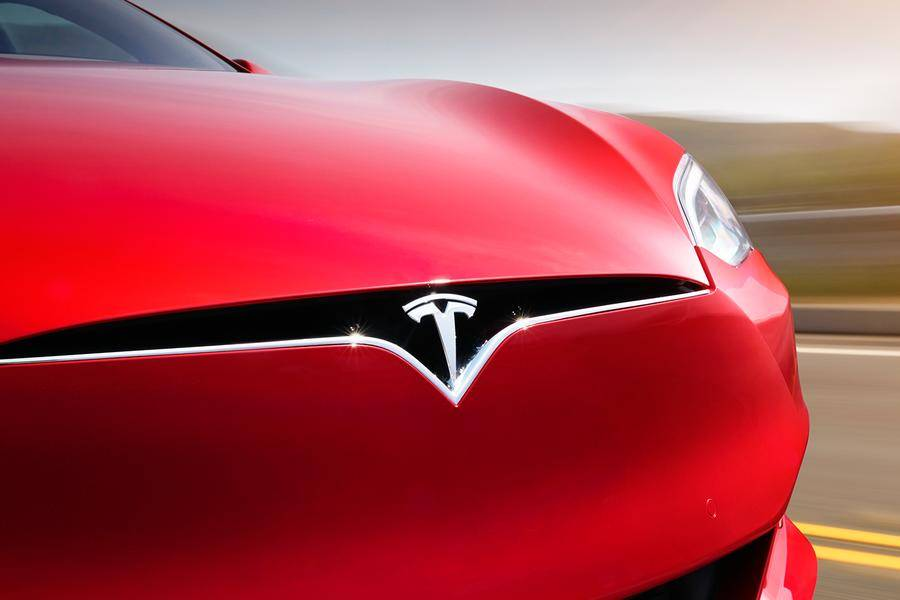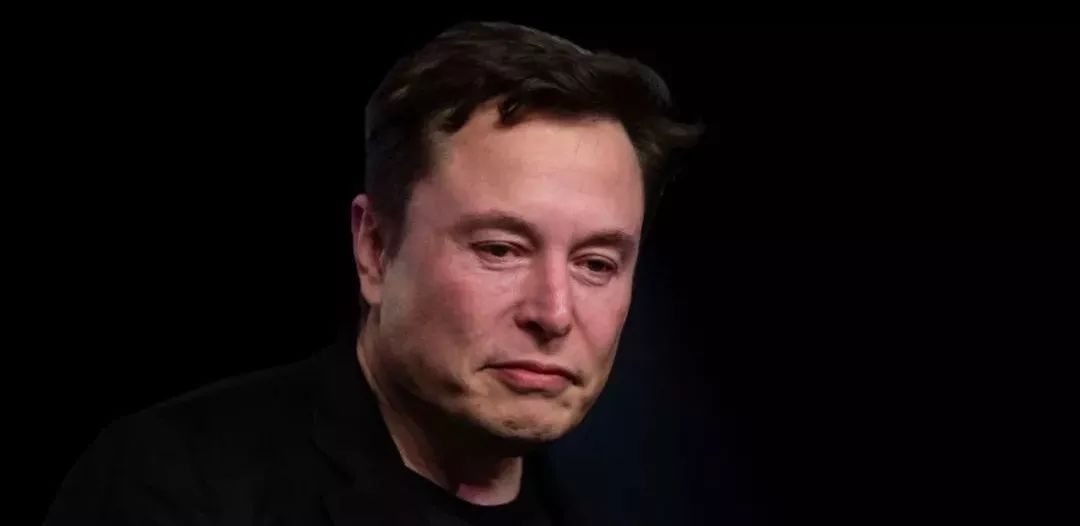On September 6, 2019, Jeff Dahn’s laboratory at Dalhousie University in Canada published a paper entitled “Extensive Testing of Top-Tier Lithium-ion Battery Chemistries as the Baseline for New Batteries Technologies”. This is an important research achievement in Professor Jeff Dahn’s career, and also the first heavyweight achievement of the collaboration between his laboratory and Tesla. With it, Elon Musk, the CEO of Tesla, finally sees a glimmer of hope for his long-cherished dream in the field of smart cars.
Let’s start with Tesla.
Semi Truck Mystery
In January 2016, Jerome Guillen, the former global sales and service president of Tesla, returned from vacation to Tesla and had an extremely simple dialogue with Tesla’s CEO, Elon Musk.
“What would you like to do?”
“We should build an electric semi-truck.”
To some extent, this conversation changed Tesla. In the Master Plan, Part Deux, which was released in June 2016, the semi-truck project successfully made the cut and became an important part of Elon’s vision for “the major forms of terrestrial transport.”
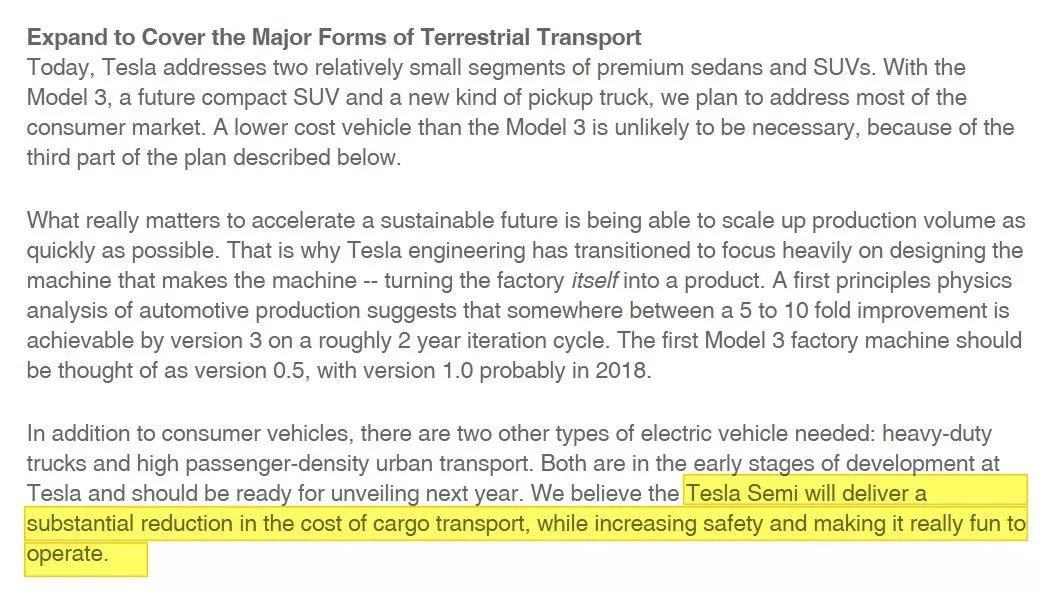
At that time, Elon may not have expected that the semi-truck project would accelerate Tesla’s commercialization of emerging technologies in the field of electrochemistry.
On November 17, 2017, the Tesla Semi was officially released.
- Fully loaded, accelerates from 0-60 mph in 20 seconds
- Energy consumption less than 2 kWh/mile
- EPA range of 300/500 miles (480/800 km)
- Industry-leading performance, best safety/lowest accident rate (with enhanced Autopilot as standard)
- Lowest total cost of ownership (with a 1.6 million kilometer warranty)
The release of Tesla Semi immediately attracted widespread attention, and Walmart, DHL, and FedEx all expressed strong interest and placed orders directly.
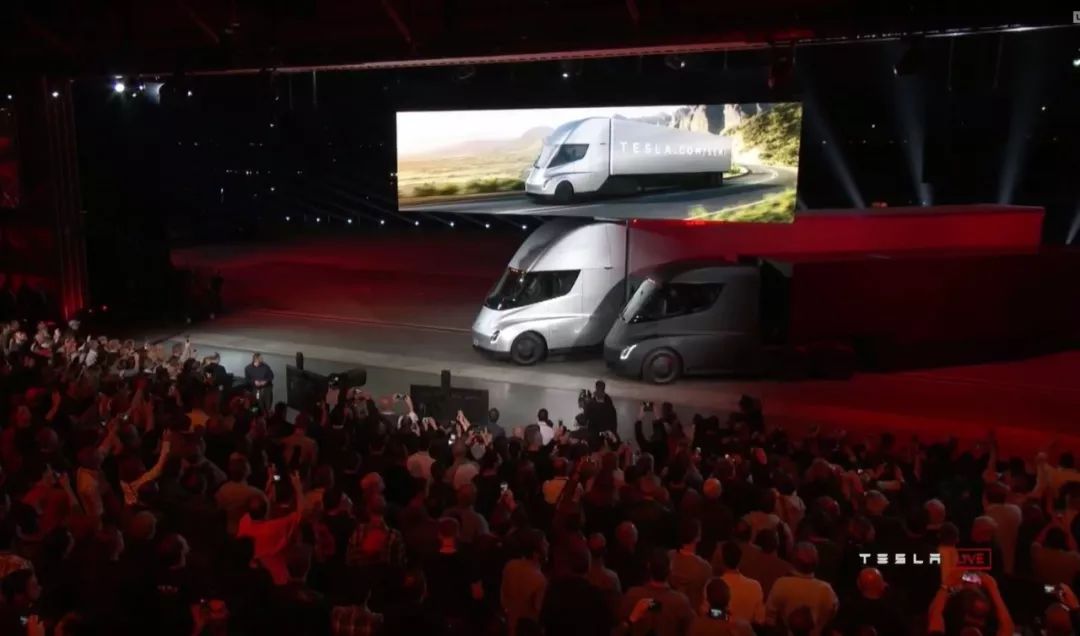 # The Financial Report Conference of Q1 2018:
# The Financial Report Conference of Q1 2018:
During the financial report conference in Q1 2018, Elon announced that the backlog of semi-trailer orders had reached 2000. Even at the price of $200,000 per standard model, there was a revenue increase of up to $400 million.
What’s more important is that at the financial report conference in Q1 2017, Elon specifically mentioned the expected high gross margin of semi-tractor trailers. The semi-trailer’s three components, central control, and intelligent cabin components will all be shared with the Model 3, such as the four electric motors that both models share. According to JB Straubel, former CTO of Tesla, the truck project is not as complicated as a typical technical project.
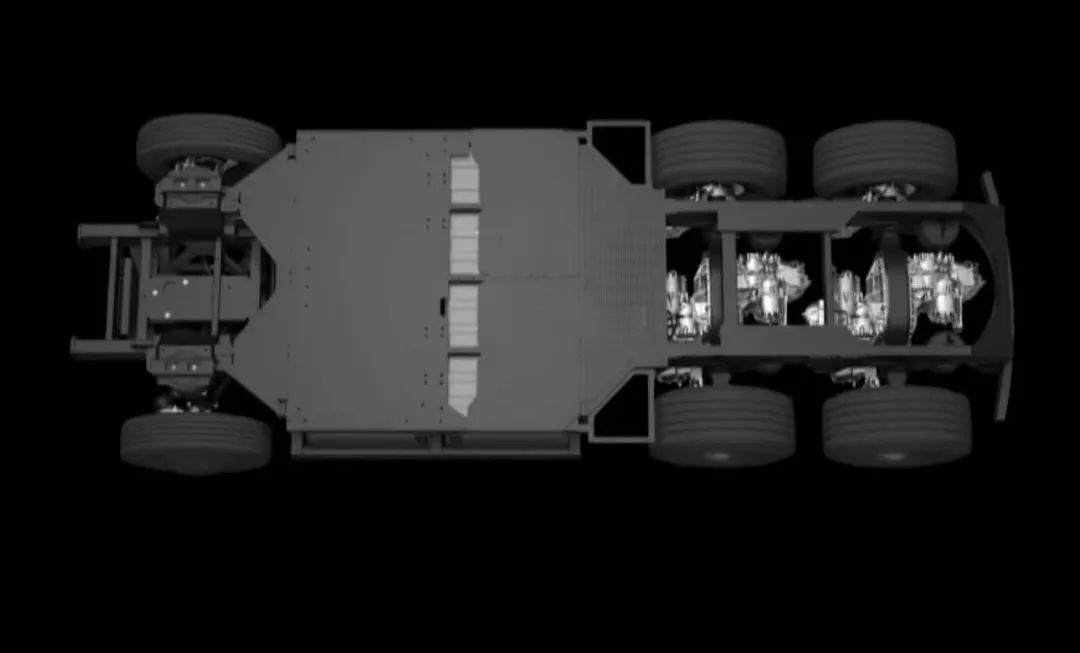
The extensive use of shared parts has greatly shortened the product development cycle, substantially reduced investment resources in research and development, manufacturing, and supply chain management, and brought about significant decreases in BOM costs in scale effect-driven. From any perspective, the semi-trailer has become Tesla’s most financially favorable product.
However, at the financial report conference in Q1 2019, we found that the situation did not develop as we had expected.
Jerome, who had been promoted as the Tesla Automotive President, made a self-contradictory statement: on the one hand, the Tesla semi-trailer’s prototype is working amazingly well; on the other hand, the original plan to mass-produce semi-trailers in 2019 has been delayed until 2020.
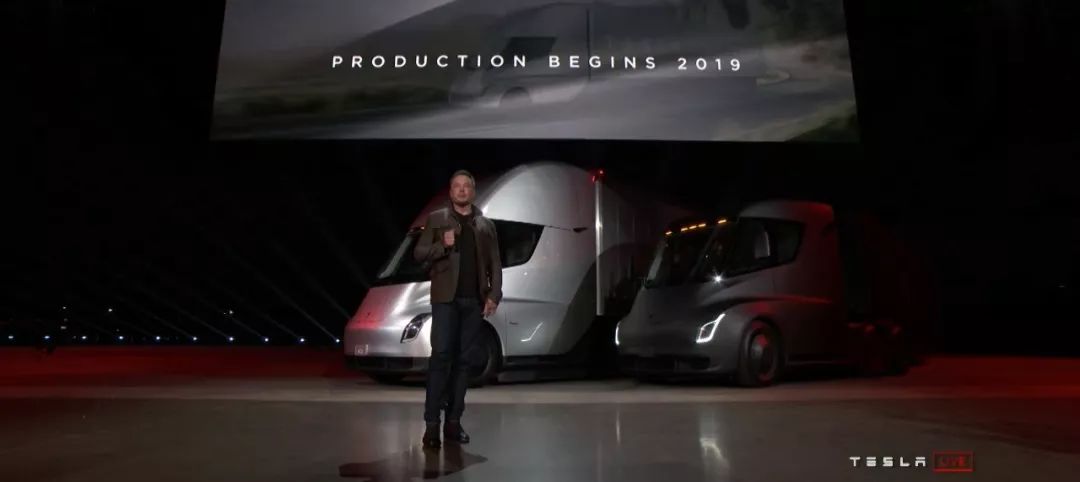
What went wrong?
The Achilles’ Heel of All-Electric Semi-Trailer
Jerome did not lie, but he concealed a crucial problem. And that problem is the direct reason for the delay of semi-trailer production.
To illustrate the issue, we need to introduce an electrochemical concept: Depth of Discharge (DoD), which refers to the percentage of available capacity in the battery pack relative to the rated capacity. For example, the Model 3 Long Range has a rated capacity of 80.5 kWh and usable capacity of 78 kWh. So, the designed DoD is 78/80.5 = 96%.
Lithium-ion batteries have a unique characteristic that their cycle life is inversely proportional to DoD, where decreasing DoD from 100% to 50% will result in at least 400% increase in cycle life times.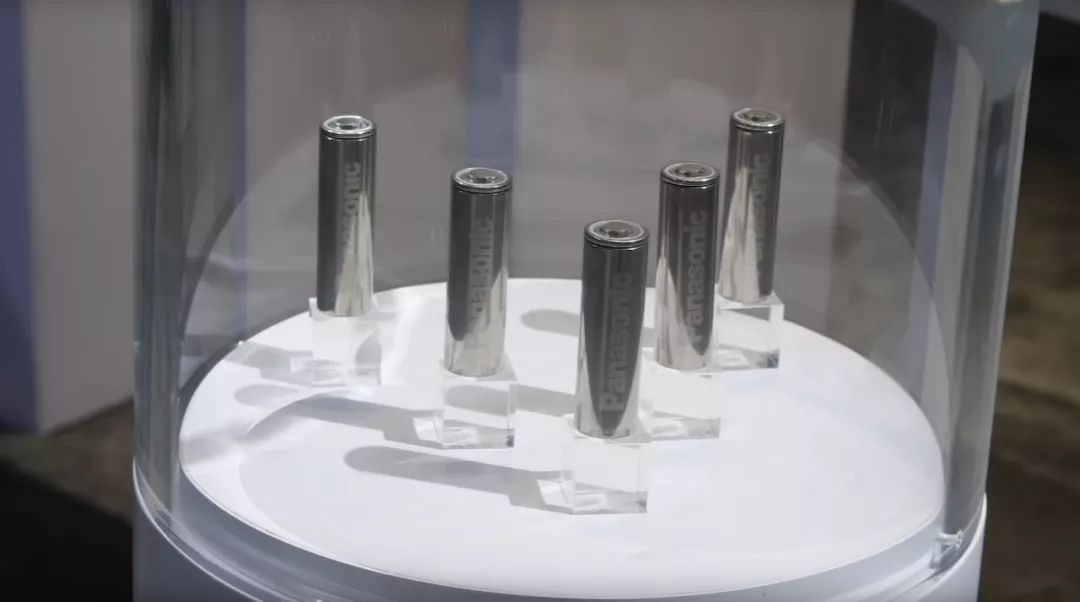
If your Model 3 is often deeply charged or discharged, the available capacity of the battery will deteriorate according to the design cycle life specifications. According to Tesla’s definition, 2170 batteries will deteriorate to 80% of the initial capacity after 1500 cycles. If you persist in the habit of full charge and discharge, then after 1500 cycles, the battery capacity of your Model 3 will deteriorate to around 80% of the initial capacity.
The difference between commercial vehicles and passenger vehicles is that no passenger vehicle will be fully charged and discharged for a long time, but commercial vehicles will be close to fully charged and discharged in most scenarios throughout the lifecycle.
Nathaniel S. Pearre, a researcher at the University of Delaware, surveyed 484 gasoline-powered passenger cars (avoiding the impact of inadequate infrastructure and short travel distances of pure electric vehicles). Even in the sparsely populated United States, the average driving distance of these 484 passenger cars is only 52 km/day, and the majority of vehicles have a daily driving distance of 0-80 km.
That is to say, excluding the few long-distance travel scenarios each year, most of the time, pure electric vehicle owners only need to do shallow charging and discharging to fully meet their travel needs.
Considering that even the shortest range Model 3 Standard Range Plus under Tesla’s flagship has an EPA range of 385 km, for Tesla owners, the scenario of fully charging and discharging to meet travel needs is extremely rare.
This means that the discharge depth set by Tesla is close to meaningless, and most car owners can obtain life-long driving range far beyond the design specifications and slow battery deterioration rates.
In the case of commercial vehicles, that is, Tesla semi-trucks, the energy replenishment logic is exactly the opposite.
According to regulations of the Federal Motor Carrier Safety Administration (FMCSA) in the United States, semi-truck drivers must take a mandatory 30-minute rest after driving continuously for a maximum of 8 hours, but in the application scenarios of commercial vehicles, this rule is essentially ignored. For freight companies that pursue the maximization of operational efficiency, most of the time their freight fleets operate day and night with 2-3 drivers taking turns to drive. It is said that “trucks don’t rest when drivers do”.
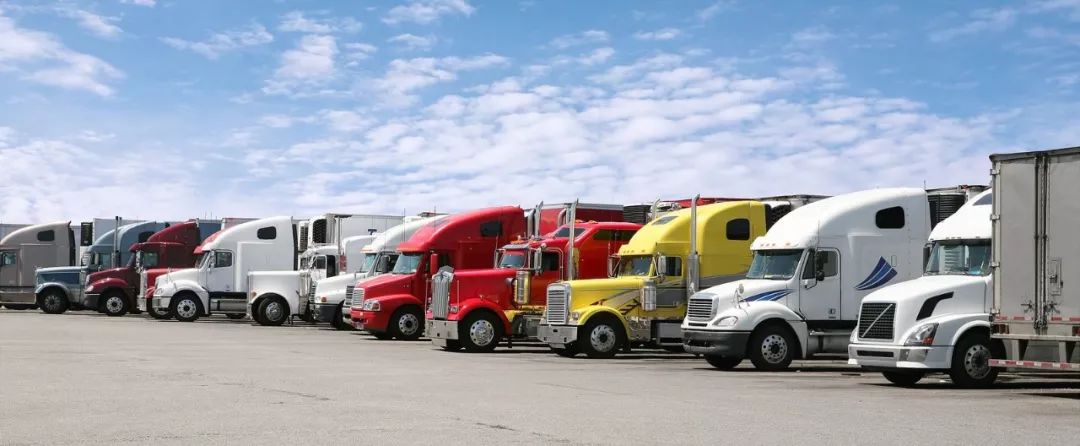 This requires that the Tesla semi-truck’s range must be long enough and the energy replenishment must be extremely convenient. To address these two issues, Tesla has reduced the impact of pure electric powertrains on freight efficiency as much as possible by achieving a one-way EPA range of 800 km and a 640 km Megacharger ultra-fast charging network that allows for 30 minutes of driving.
This requires that the Tesla semi-truck’s range must be long enough and the energy replenishment must be extremely convenient. To address these two issues, Tesla has reduced the impact of pure electric powertrains on freight efficiency as much as possible by achieving a one-way EPA range of 800 km and a 640 km Megacharger ultra-fast charging network that allows for 30 minutes of driving.
However, the problem is that the Model 3 has a range of 385 km, an average daily driving distance of 52 km, and an actual depth of discharge of only 13.5% of the designed depth of discharge. Assuming an average daily driving distance of 750 km for the Tesla semi-truck, the actual depth of discharge is 93.75% of the designed depth of discharge.
In fact, 750 km/day is a conservative estimate. In addition to the previously mentioned “people rest while cars don’t,” according to Auto EDU’s statistics, there are about 2 million semi-trucks in the United States, with an average driving distance of over 200,000 km/year. Freight companies often choose to conduct major maintenance in the third year. The average lifecycle driving distance of each semi-truck can reach 1 million miles (1.6 million km).
For the continuous and long-term need for full charging and discharging in semi-trucks and the average lifespan mileage of 1.6 million km, Tesla’s current battery technology capability cannot meet the demands.
In the electric passenger car market, Tesla is thriving, but it has encountered some real challenges when it comes to the electric commercial vehicle market. Let me be more specific: Tesla’s 2170 battery with a life of 300,000 to 500,000 km is not sufficient to support the 1.6 million km operating requirement of semi-trucks.
Jeff Dahn
In June 2015, Tesla announced a five-year collaboration plan with the Jeff Dahn Laboratory.
Jeff Dahn is a recognized pioneer in lithium-ion battery research. Over the past 20 years, he has published more than 640 papers and is also a co-inventor of 65 patents.
His research style is more like that of the Japanese academic community than that of the United States – very keen on in-depth communication and cooperation with the industry. Prior to partnering with Tesla, Jeff has conducted research on the commercialization of lithium-ion batteries with several commercial giants such as NEC, Moli Energy, and NSERC/3M.In June 2015, former Tesla CTO JB Straubel and former Tesla chief battery scientist Kurt Kelty drove a Model S to Dalhousie University, where they secured a contract with Jeff Dahn for the period from June 2016 to June 2021, following Dahn’s collaboration with NSERC/3M.
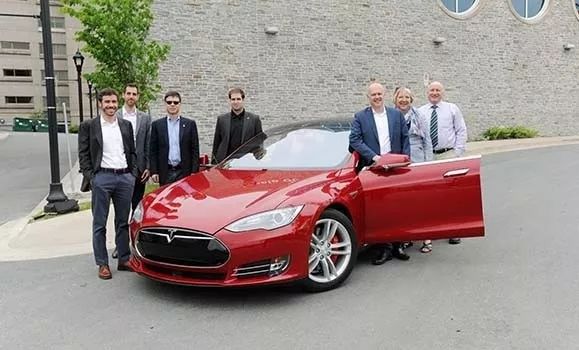
Jeff Dahn has long been dedicated to improving the energy density, lifespan, and cost reductions of lithium-ion batteries, which is highly aligned with Tesla’s demands for power batteries. Regarding the development of cutting-edge technology, he once said:
Our goal is to do something useful, not publish papers in Nature and similar journals.
Our goal is to do something useful, not publish papers in Nature and similar journals.
This is consistent with former Tesla chief battery scientist Kurt Kelty’s belief that “Tesla will not focus on researching battery chemistry, but our breakthrough lies in the successful commercialization of cutting-edge battery technology.”
After Tesla announced its Gigafactory super battery factory plan, Jeff Dahn stated that he must be involved. Today, the technological breakthroughs led by him have become indispensable in realizing Tesla’s mission.
5300 cycles, 3% attenuation
We conducted extensive tests on medium energy density pouch-type ternary lithium-ion batteries…Our conclusion is that this type of battery can support driving electric vehicles for more than 1.6 million kilometers and last for at least 20 years in grid energy storage applications.
This is the first paragraph of Jeff Dahn’s research paper. In the following chapters, we learn that Jeff’s research team spent ten years testing various chemical characteristics of positive and negative electrodes and electrolyte arrangements, and ultimately conducted long-term charge-discharge tests on single crystal NCM 523 positive electrodes and graphite negative electrodes at temperatures of 20, 40, and 55 degrees Celsius.
In long-term charge-discharge cycling tests, Jeff’s team prioritized 100% DoD testing of the battery (i.e., full charge and discharge at voltages ranging from 3.0V to 4.3V), which is closer to the harsh replenishment scenarios of commercial vehicles.The final test results showed that under the 20-degree working condition, the single-crystal NCM 523 exhibited excellent performance, and the battery capacity can still reach 97% of the initial capacity after 5300 cycles. After completing 5300 cycles, Jeff’s team dismantled the battery positive electrode for imaging, and found that the single crystal material exhibited strong structural stability, and there were almost no micro-cracks commonly seen in polycrystalline materials after full charge and discharge in positive electrode particles.
Jeff Dahn believes that the particles inside the single crystal material are arranged in a regular and periodic manner in three-dimensional space, and this structural stability is the main reason why the positive electrode performance has almost no attenuation.
Even under the worst 40-degree working condition, assuming the worst application scenario (100% DoD, using the electric vehicle battery capacity to be charged to 0, and stop charging when it reaches 100%, and the vehicle strictly follows the above energy replenishment logic throughout its life cycle), the battery attenuation to 70% (Tesla’s warranty attenuation specification) also takes ten years to complete 3650 cycles, and the cumulative mileage can still reach 1.2 million kilometers.
In actual application scenarios, even commercial vehicles with worse replenishment scenarios rarely achieve 100% DoD. Jeff Dahn believes that the performance of battery cycle life under more controllable temperature conditions and complex and diverse energy replenishment logic in real-world scenarios will be much better.
The battery cannot meet the operating requirements of commercial vehicles, which prompted Jeff Dahn to develop ultra-long-range batteries. As long as no accidents happen, the story should have ended here.
But what about passenger cars?
How many steps does it take to put an elephant in the fridge?
In January 2016, Elon suddenly announced that Tesla’s autonomous driving technology will be ready in the next 24-36 months. According to the most optimistic estimate, you may be able to drive from Los Angeles to New York in two years by automatic driving.
This prediction had a profound impact on Tesla. Even today, whenever Tesla’s products, services, and features are delayed, “Didn’t Musk say that Tesla will achieve autonomous driving in 2018?” will be used as a typical case criticism. But few people care about what happened before and after Tesla in January 2016.November 2015, Elon announced at Tesla’s Q3 2015 earnings conference that Tesla’s powertrain operation mileage goal has been adjusted from 200,000 miles to 1 million miles (1.6 million kilometers).
A dozen days later, Tesla announced an organizational restructuring, with Elon taking over the Autopilot software team and elevating its importance to super high priority.
A month later, Chip Emperor Jim Keller and Pete Bannon and their team collectively joined Tesla, establishing the FSD chip development team.
After a big wave of complete and intensive deployments, Elon announced his goal: Tesla’s autonomous driving technology will be ready in the next 24-36 months.
Just as “putting an elephant into a refrigerator requires multiple steps,” what are the steps to land autonomous driving cars? You need to achieve the following three points at the same time: software, hardware, and fleet.
To make the autonomous driving software system ready, it is necessary to further divide it into several segmented functions, including automatic parking, automatic assisted navigation driving (NoA), recognizing signal lights and road signs and responding (TSR), city automatic assisted driving, and intelligent summoning. As you know, after the V10 version is pushed, Tesla still needs to implement TSR and city automatic assisted driving research and development testing and push.
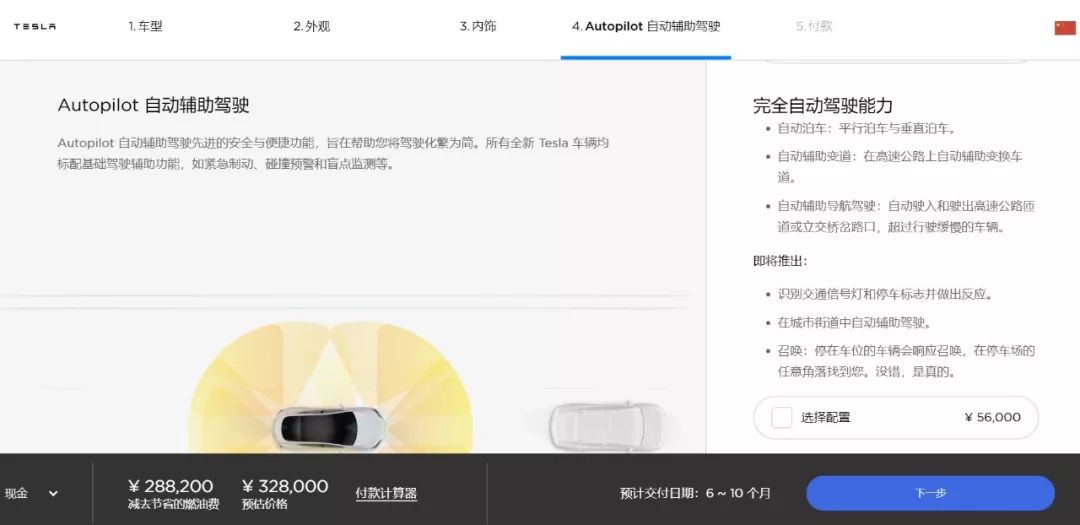
To make the autonomous driving hardware system ready, it means that you need to achieve redundancy in perception, power supply, positioning, calculation, decision-making, and control (steering and braking). With the mass production of Autopilot HW 3.0 models, except for perception, the entire autonomous driving hardware system is ready.
To make the fleet ready, it is more complex than most people imagine. Everyone is saying that the implementation of autonomous driving technology will significantly reduce vehicle idle rates and significantly increase vehicle mileage (Elon predicts that the operating mileage of autonomous driving cars will increase by 5 times). Have you ever thought about whether the design of passenger cars is sufficient to support such a significant increase in mileage?
On April 13, 2019, a netizen roughly calculated that the landing of autonomous driving technology will increase the gross profit margin of ride-hailing platforms from the current approximately 20% to 50%+. The premise of this model is that the service life of the vehicle reaches 240,000 kilometers. Elon commented below that the powertrain and vehicle body strength of the Tesla Model 3 are designed for the full life cycle operation mileage of commercial vehicles at 1.6 million kilometers.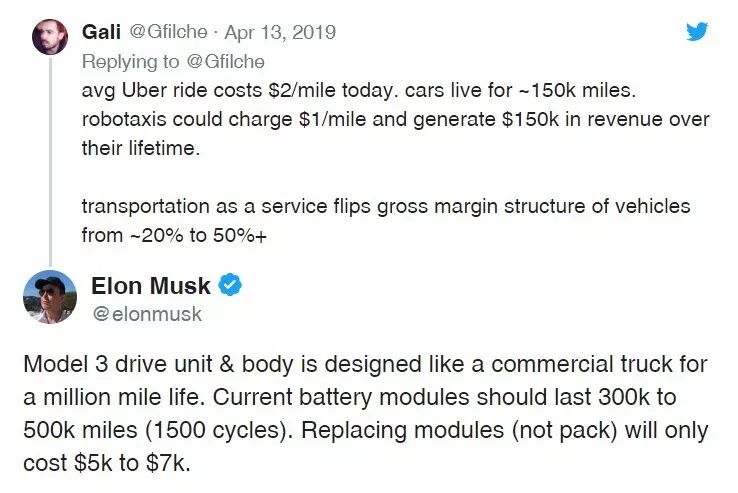
Elon’s words are not finished. At the Tesla Autonomy Investor Day in 10 days, Elon revealed Tesla’s ambitions in full.
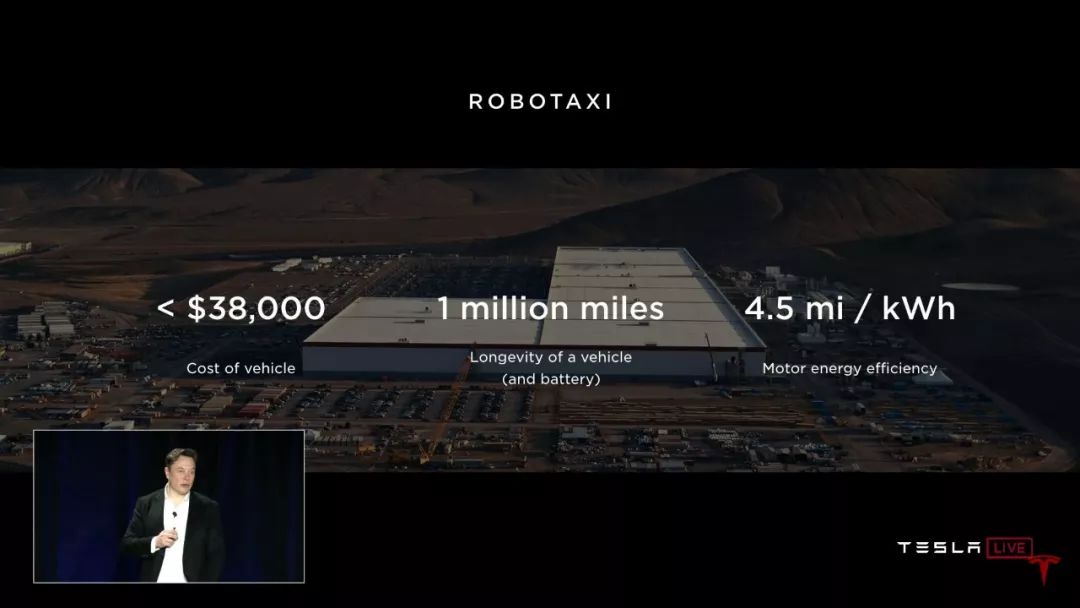
The overall cost of the vehicle is less than $ 38,000, the vehicle’s operating mileage (battery) is 1.6 million kilometers, and the ultra-low energy cost is 3.5 miles / kWh.
Facing this PPT, Elon repeated the message he left on Twitter 10 days ago:
The cars currently being built are all designed for 1,000,000 miles of operation.
The current battery pack is about maybe 300,000-500,000 miles. The new battery pack that is probably going into production next year is designed for 1,000,000 miles of operation with minimal maintenance.
Under the efforts of Elon Musk, JB Straubel, Kurt Kelty, Jeff Dahn, etc., Tesla has designed a battery pack with an operating mileage of 1.6 million kilometers that will be mass-produced by the end of 2020.
On the previous page of this PPT, Elon directly took out the plan from the second chapter of Tesla’s Secret Master Plan (Master Plan Part Deux):
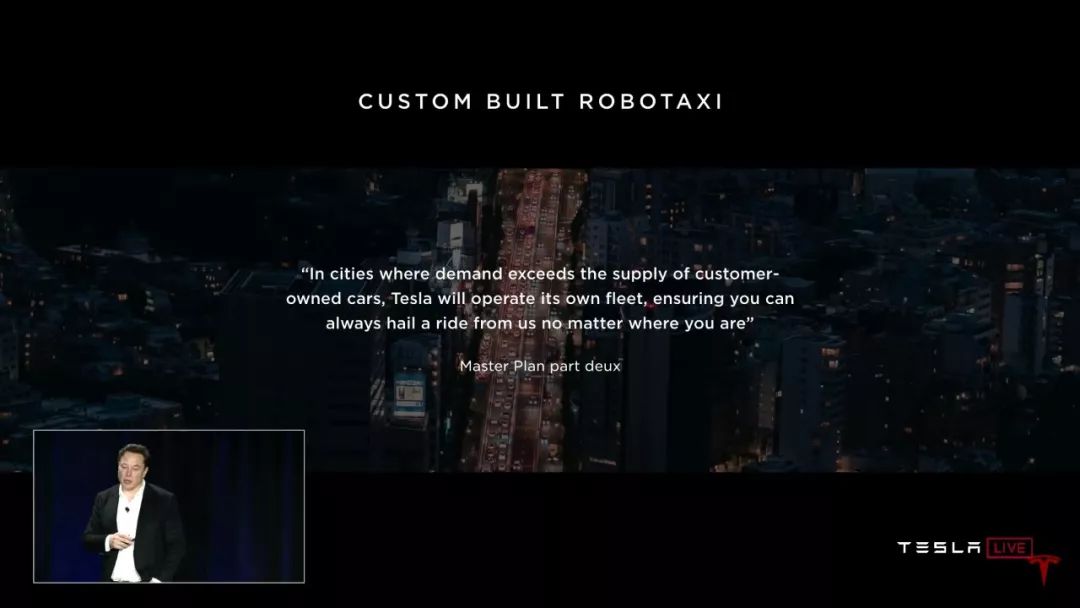
In cities where travel demand exceeds that of private cars, Tesla will deploy its own fleet to ensure that our self-driving cars are available wherever you are.
As giants turn around and enemies surround, what is Tesla’s trump card?
June 11, 2019, Tesla’s 2019 annual shareholders meeting.>(After the Autonomy Investor Day on April 23rd), we will hold Battery and Powertrain Investor Day, and we will spare no effort to ensure that our battery production scale expands at the fastest speed.
>
If I were an external investor, I would be highly concerned about two things: the timetable for autonomy and the plan for expanding battery capacity and reducing per kilowatt-hour cost.
Battery and autonomy are the two most important strategic priorities for Tesla.
All the bottom cards are revealed, and Tesla has no secrets.

This article is a translation by ChatGPT of a Chinese report from 42HOW. If you have any questions about it, please email bd@42how.com.
